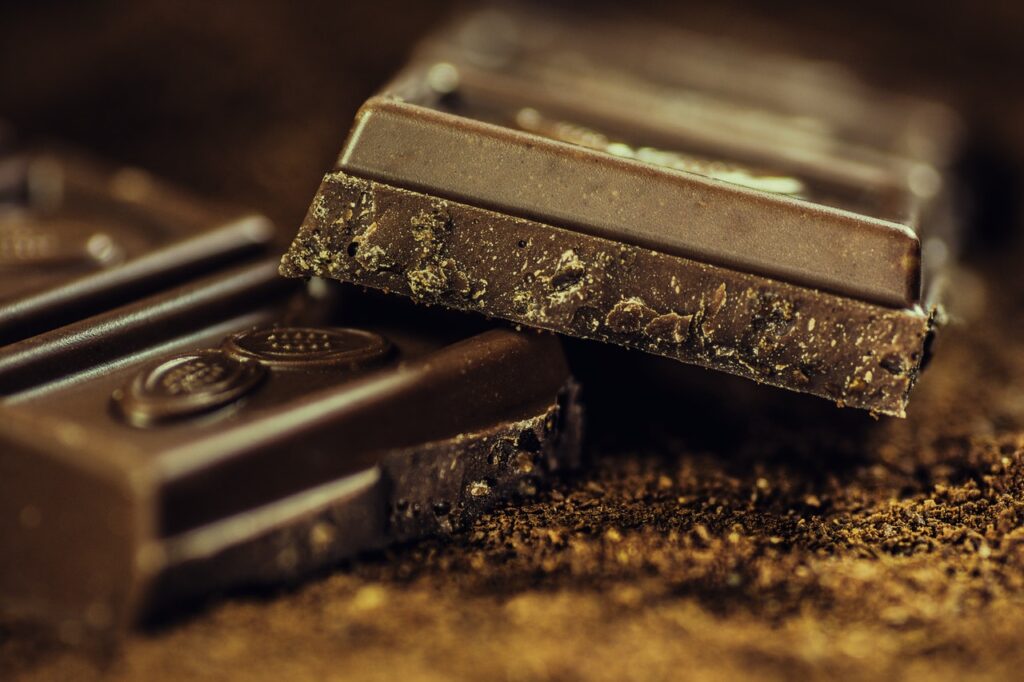
It is said to be of Mesoamerican origin, but is now found all over the world. Cacao: food of the gods, grows quickly in tropical climates, is only six metres tall, is slow to grow and produces an unattractive brown berry only about 30 cm long, yet is the vital element for the famous chocolate.
Since 2010, every July 7th, International Cocoa Day has been celebrated, thanks to an initiative carried out by the International Cocoa Producers Organization (ICCO), an intergovernmental organization established in 1973 by the United Nations and the French Academy of Master Chocolatiers and Confectioners.
The existence of chocolate is not possible without cocoa, which is one of the main products consumed worldwide, second only to coffee.
The name cacao has its origin in the language of the Olmecs, a civilization developed during the pre-classical period of Mesoamerica mainly in Veracruz, Mexico, and which called the bowl kakawa until it became cacaoatl and from there to cocoa.
Adem, the Mayans called this type of bowl
